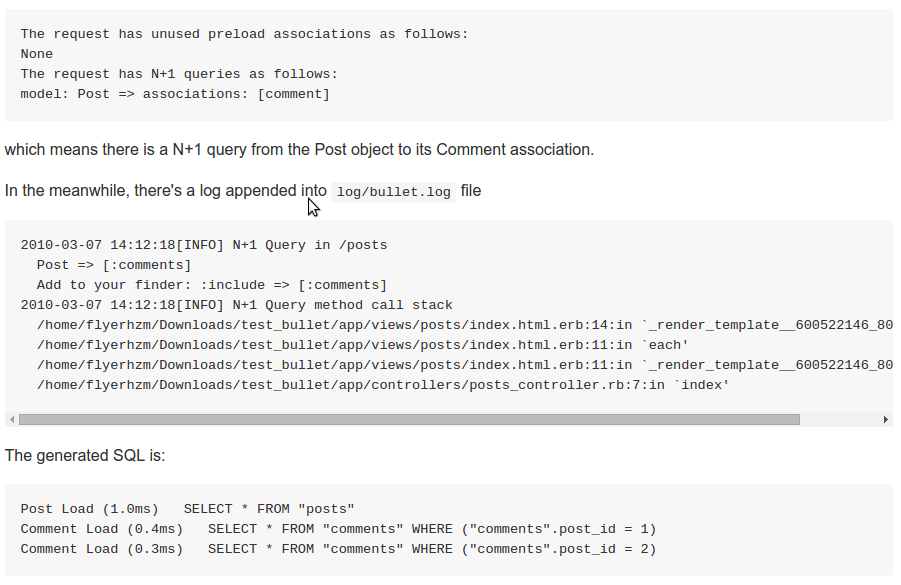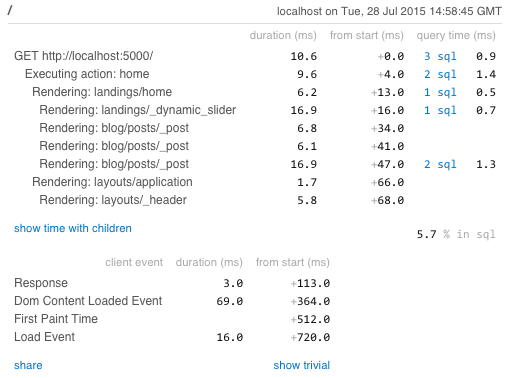Keeping your code clean as well as organized, while developing a large rails application is one of the challenging jobs in Ruby on Rails, even for an experienced developer it’s a tough job. However, you are not required to worry at all, because there is a category of the gems, which make this job really really really easy.
For most of us, dead or inefficient code will build up over time. However, the other will find them in a similar situation when they take possession of someone else’s project.
So, to help you keep your code sustainable, secure and optimized, I have gathered some truly valuable tools which have been performing right for me. So, let’s have a look at top awesome tools to optimize and cleanup your Rails code.
DEADWEIGHT

This tool helps you to remove unused CSS selectors. You will have to hand out a set of your apps style sheets as well as HTML pages and it will let you know that, which CSS sectors are risk-free to remove. This tool won’t perform out of the box in Rails as the most pages have dynamic content.
But, if you are making use of precompilers such as Less or Sass, you should amass all of your style sheets and simply hand them out as simple CSS file to the deadweight task. It is advisable that you remove the entire unnecessary vendor and this party CSS files as it will end up blocking your output.
TRACEROUTE

Traceroute performs as a route cleaning tool for Rails application. It offers a simple rake task for verifying, that which routes are mapped to non-existing controller actions and which are not reachable to controller actions.
BULLET

Just like the name, performances of this tool will surly blow your mind. Bullet gem helps you kill all the N+1 queries along with it also kills unnecessarily eager loaded relations. It works right out of the box and this tool is very helpful for optimizing your application.
Want to get the exceptional development of your web application?
Connect with us to leverage the expertise of a highly experienced Ruby on Rails development company
RACK-MINI-PROFILER

If you want to find bottlenecks of your application, then you should definitely go for this tool. This tool does a live speed analysis of how long it took to process the request and for the how much time period; it was doing database queries, renderings and DOM loading.
All you have to do is just to plug this tool into your Gemfile and you will get a new small window in the upper left corner, displaying all this valuable information.
BRAKEMAN

It’s a security analysis tool for Rails application. It scans over your application and outputs a very well formatted table of possible susceptibilities. A security warning is very well assembled as per their severity – like high, medium and low.
There is one important thing you need to note it down is that if you don’t end up having any cautions, still you should not consider app all as well-secured because, brakeman sometimes does not take consider basic security pitfalls.
RUBYCRITIC

A comparatively fresh gem, which wraps around 3 static analysis gems: Flay (code duplication detection), Flog (ABC metrics) and Reek(ruby code smells).It does very well structured HTML files so you can browse through your smelly code and start refactoring. Out there from all of the mentioned static code analysis tools, because of its nice output, it’s more suitable to overview and comment with your colleagues.
RUBOCOP
This tool performs as a Ruby static code analyzer. You can use this code to make sure that if your code compiles with the Ruby community guidelines. The gem reports about the different style variations through the command line. It makes use of lots useful code refactoring goodies such as unused method argument, redundant use of Object#to_s and useful variable assignment.
ROBOCOP appears into 4 different sub-analyzers: such as Style, Lint, Metrics and Rails. You can make use of these cops to define which one to use as well as which file to include/exclude and tweak with other configuration options in a .rubocop.yml file.
RAILS BEST PRACTICES

This code performs as a static code analyzer for finding particular Rails code smells. It gives a range of suggestions; such as, restrict auto generated routes, used scope access and database indexes. For detailed information please, checkout the Rails’-best-practices official page. However, sometimes it reports false positives, such as unused methods. Even so, it also gives lots of valuable suggestions that will give you improved view on how to refactor your code and learn some best practices.
Wrapping up
So, currently if you are working on an open source project or you can have an affordability to automate the process of running all of these static code analyzers on each and every commit, I would like to suggest you to make use of code climate service.
Furthermost of these functionalities that the listed code analyzer can offer you is already pre-wrapped. Apart from these code quality reports, there is also an optional code coverage report, generally what simplecov does.
There is one significant thing I would like you to note down is that you should not consider each and every warning issued by the static code analyzer too seriously. Because, most of them will throw lots of stuff which you will never refactor. And sometimes, they create lots of rubbish which can be prevented by reviewing your coding as well as tweaking their configuration options.
Bacancy Technology has become a key player in the Ruby on Rails app development. We have served over 10K+ git commits and 200+ Rails solutions in only 5+ years of time period. If you are looking to integrate resourceful plugins and extensions to your existing or new RoR app, hire Ruby on Rails developer from Bacancy Technology, as your one stop solution partner.

